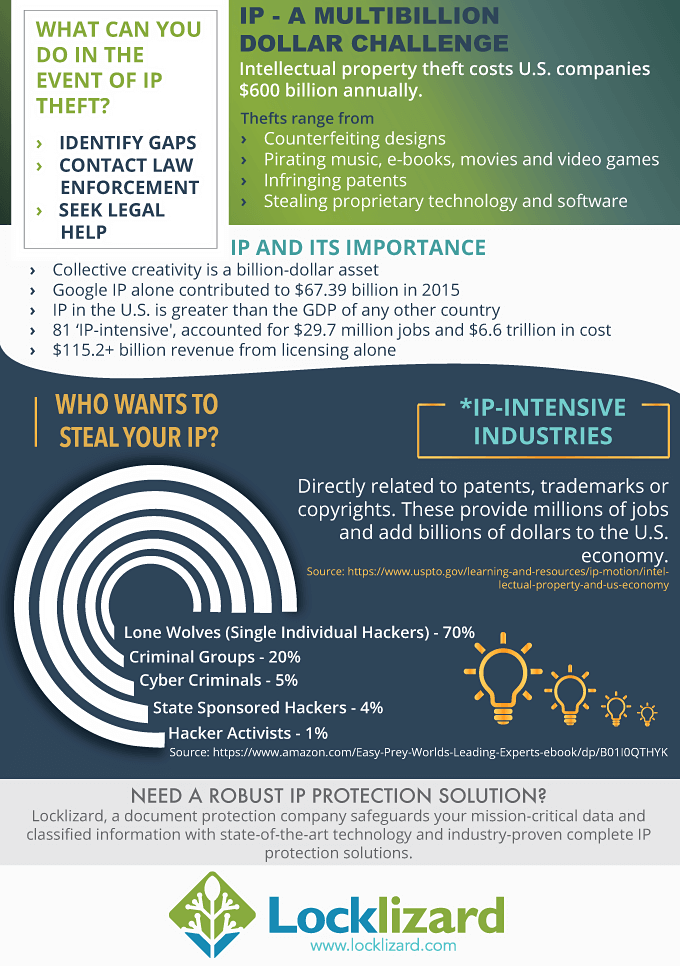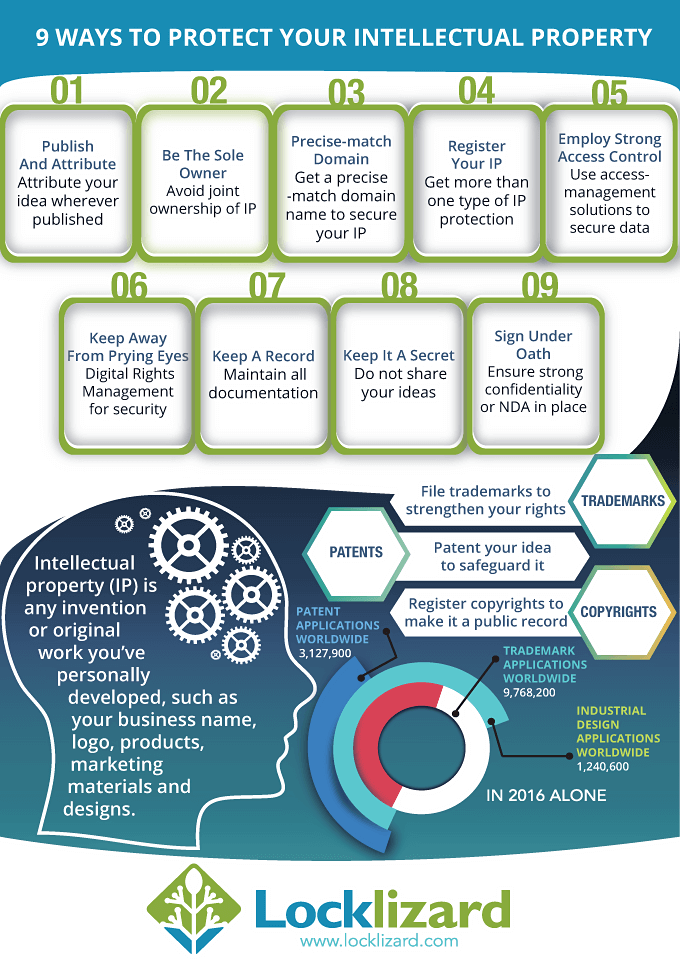Intellectual Property Theft 2008
IP theft most prevalent in banking, manufacturing and telecoms industries
In a 2008 survey, PwC found that nearly half of 5,400 companies in 40 countries reported an increase in industrial espionage. Theft of intellectual property being leaked to the competition was the primary concern with banking, manufacturing and telecoms industries being the hardest hit.
Unlimited coupon print workaround ends user in court
Coupons Inc., an electronic coupon technology provider, settled out of court to John Stottlemire who told users on his blog, tenbucks.net, what files to remove in order to print unlimited coupons. Stottlemire took the position that Coupons Inc. had hidden its restrictive files on users’ computers, and that he was just offering instruction on how to delete those files. “Through the use of hiding files and registry keys on a computer, in areas normally reserved for the Windows operating system, Coupons, Inc. attempts to control access to coupons it offers to the public”. He added that no special software was needed to purge those keys. “The only tool required is the delete button on your keyboard and knowledge of where these unprotected files lie.” Stottlemire said that the lawsuit against him will be withdrawn with prejudice as long as he complies with the agreement.
25% of UK companies have experienced intellectual property theft
Employees and former staff were together responsible for 41 per cent of incidents. “Information has become the new currency of business. Its availability, integrity and confidentiality are crucial components of a collaborative business.” said William Beer, director in the information security group of PwC.
Adobe Flash security flaw exposes video content to intellectual property theft
The Adobe Flash video server software doesn’t encrypt online content, but only orders sent to a video player such as start and stop play. Adobe dropped a stringent security feature To boost download speeds. Video content can therefore be recorded at will from Amazon’s streaming video service. Bruce Schneier said “It’s a fundamental flaw in the Adobe design. This was designed stupidly”.
Intellectual Property Bill passed by Senate
Congress passed legislation on the 26th September 2008 that gives the Justice Department more resources to combat intellectual property theft, including patent and trademark infringement, counterfeiting and copyright crimes. “Intellectual property makes up some of the most valuable, and most vulnerable, property we have,” Judiciary Committee Chairman Patrick Leahy said in a statement.” We need to do more to protect it from theft and abuse if we hope to continue being a world leader in innovation.” The public-interest advocacy group Public Knowledge said the legislation” only adds more imbalance to a copyright law that favors large media companies.”
IP Theft on the agenda of California’s Attorney General
The Department of Justice, the attorney general said, has deployed as many as 230 federal prosecutors around the country as part of its Computer Hacking and Intellectual Property, or CHIP, network. The DOJ has steadily increased the number of IP prosecutions, filing 217 last year, a 33 percent jump in two years. “We’re devoting more resources and more personnel to IP crime, and we’re sending the important message that we take these crimes seriously, and we will punish the actions of counterfeiters and pirates whenever we can.”
Ex-Intel worker accused of IP Theft
The FBI alleged that Biswahoman Pani of Worcester copied a host of confidential Intel documents, including 13 “top secret” company files containing highly sensitive design plans for future processor chips. In the complaint, filed in late August 2008 the FBI said that more than 100 pages of sensitive Intel documents, as well as 19 computer-aided-design drawings, were found in a search of Pani’s house conducted on July 1.
IP Theft is a growing concern according to SEMI’s global members
The Noblemen Group surveyed SEMI’s (SEMI is the global industry association serving the manufacturing supply chains for the microelectronic, display and photovoltaic industries) global members, querying most of the major OEMs and materials companies 49 participated. Results indicate that IP is everyone’s major concern – from general overall systems infringements down to trade secrets and trademarks – with about 53% also expressing concerns regarding IP infringement by customers. SEMI’s white paper concludes that IP theft is costing semiconductor OEMs between $2 to $4B however, those closer to the problem, such as OEMs, think this extremely conservative.

![]() ABOUT US
ABOUT US![]() CONTACT
CONTACT

 Free 15 Day Trial
Free 15 Day Trial
















